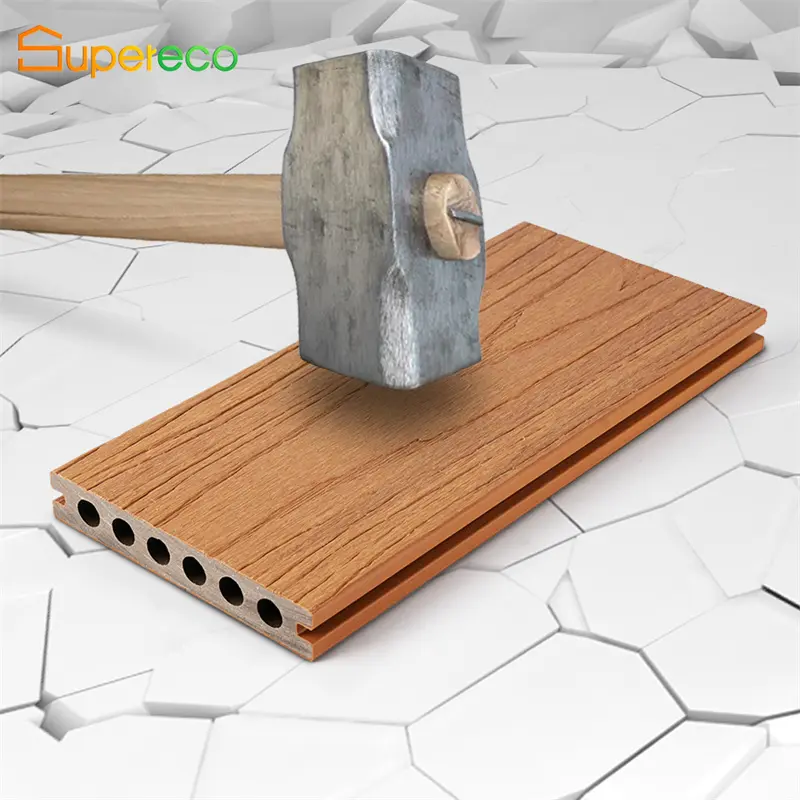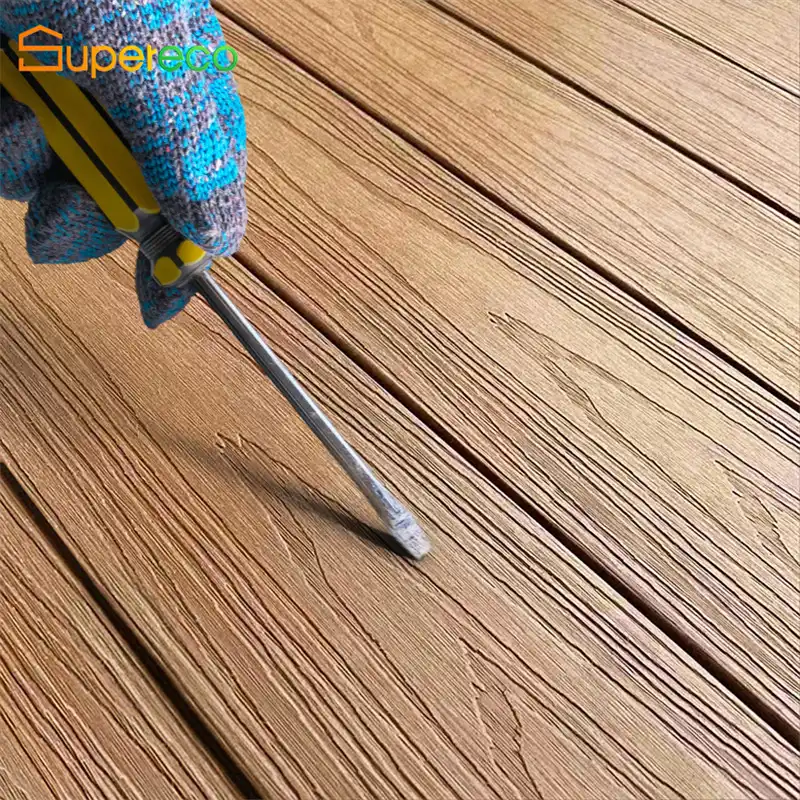Introduction to WPC Decking
Outdoor flooring is no longer just about laying wooden planks or concrete slabs. Thanks to modern innovation, WPC decking—short for Wood-Plastic Composite—is making waves in the landscaping world. But what makes WPC so popular, and why are homeowners, architects, and designers switching to it?
Let’s start with the basics. WPC decking is a composite material made by blending wood fibers and thermoplastics, offering the appearance of natural wood without its drawbacks. Born from the need for more sustainable, long-lasting outdoor flooring, WPC has evolved into a premium solution for decks, patios, walkways, and more.

Core Composition and Technology Behind WPC
Materials Used in WPC
WPC is crafted from a blend of reclaimed wood flour, plastics like polyethylene or polypropylene, and additives for stability. This combination results in a tough, moisture-resistant material that mimics the look of wood but performs far better in the elements.
Manufacturing Process
The mixture is heated, extruded, and shaped into planks that can be embossed with grain patterns. Some products include co-extrusion technology, where a weather-resistant outer shell enhances performance.
Key Innovations
Modern WPC decking incorporates UV protection, anti-microbial layers, and slip-resistant coatings—making it ideal for both residential and commercial applications.
Top 10 Reasons Why WPC is Outshining Traditional Wood Decking
Durability and Lifespan: WPC decking resists rot, cracking, and warping better than natural wood. Expect a lifespan of 20–30 years with minimal signs of aging.
Low Maintenance: No need for sanding, sealing, or staining. A simple wash keeps it clean.
Eco-Friendliness: Made using recycled wood and plastics, WPC helps reduce landfill waste and deforestation.
Weather Resistance: It performs well in rain, snow, and high heat without expanding, splitting, or fading easily.
Slip Resistance: Many WPC boards have anti-slip textures—ideal for poolside or wet environments.
Color and Design Flexibility: Available in various colors, patterns, and finishes—from natural woodgrain to modern grey.
Pest Resistance: Termites and wood-boring insects can’t penetrate WPC like they can natural timber.
Non-toxic and Child-Safe: Free from harsh chemicals, WPC is safe for families and pets.
UV and Fade Resistance: Special coatings resist sun damage and keep colors vibrant for years.
Cost-Effectiveness: Though initial costs may be slightly higher than wood, the long-term savings in maintenance and replacement make WPC a budget-friendly investment.

Conclusion: Why WPC Decking Is Here to Stay
WPC decking is not just a trend—it’s a technological leap in how we design outdoor living spaces. With a long list of advantages including durability, eco-friendliness, minimal maintenance, and design variety, it’s no wonder WPC is being embraced worldwide.
As we continue to look for greener, smarter, and more resilient building materials, WPC decking stands out as the future of outdoor flooring.







